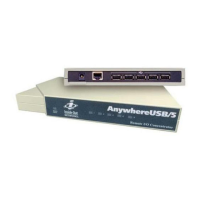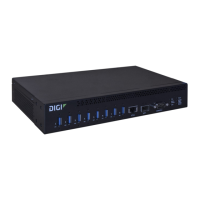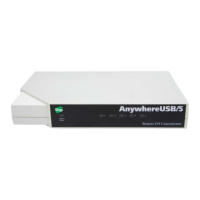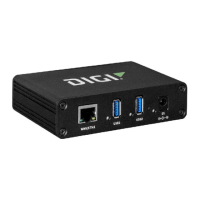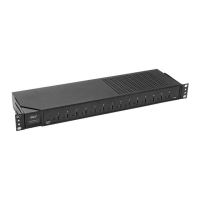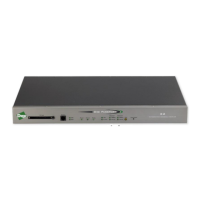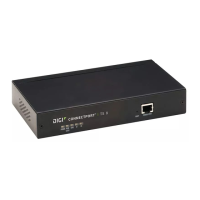Command line interface Configuration mode
AnywhereUSB® Plus User Guide
685
Display command line help in configuration mode
Display additional configuration commands, as well as available parameters and values, by entering
the question mark (?) character at the config prompt. For example:
1. Enter ? at the config prompt:
(config)> ?
This will display the following help information:
(config)> ?
Additional Configuration
------------------------------------------------------------------------
--
application Custom scripts
auth Authentication
cloud Central management
firewall Firewall
monitoring Monitoring
network Network
serial Serial
service Services
system System
vpn VPN
(config)>
2. You can then display help for the additional configuration commands. For example, to display
help for the config service command, use one of the following methods:
n
At the config prompt, enter service ?:
(config)> service ?
n
At the config prompt:
a. Enter service to move to the service node:
(config)> service
(config service)>
b. Enter ? to display help for the service node:
(config service)> ?
Either of these methods will display the following information:
config> service ?
Services
Additional Configuration
------------------------------------------------------------------------
